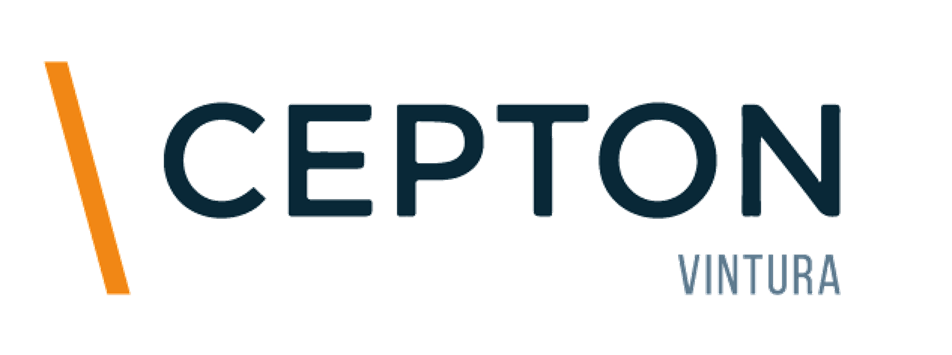With the new European in vitro Diagnosis Device Regulation (IVDR), published in May 2017 [1], but fully in place in 2022, the rules will change for IVD players in Europe. American companies will feel more at home due to the system becoming aligned with that in the US, in addition to having the possibility to replicate processes used in their operations. Although European firms not accustomed to the US market will be starting from scratch, US companies will need new protocols to ensure efficient operations in Europe in order to develop a competitive advantage, and may benefit from specific European support, particularly to go through the reimbursement process.
The current European directives are more manufacturer-friendly than the US regulation
In the current “In Vitro Diagnostic Medical Devices Directive” (IVDD). There are four list-based categories. In the EU, manufacturers have to follow the EC’s IVDD and will have to comply with the IVDR by 2022. The current requirements address the design, production, labelling, and instructions for use. Depending on the technical specificities and indication, an IVD belongs to one of the four categories specified in the classification (General, Self-test, List B, and List A). [2]
With the current IVDD, 80% of the IVDs are self-declared. Even though there are four categories, with the current IVDD 80% of the IVDs belong to the Class I category, and so, do not need a Notified Body, making it simpler and cheaper to go through the EU regulatory pathway. [3]
The US was the only country, until now, to take patient safety into consideration, and is the most regulated one for IVDs
FDA classification is divided into three categories based on risk. It is the risk and the level of control necessary to provide reasonable assurance of the safety and effectiveness of the device that will determine its category, unlike the aforementioned list based approach of the IVDD. Depending on its risk, the device belongs to one of the three (and not four as in the EU) following categories:
In addition to classification, the FDA enforces the Clinical Laboratory Improvement Amendments (CLIA). A categorization based on the technical competence required by the user is made by the FDA (scoring of 1, 2, or 3). For example, a test that is cleared by the FDA for home use would receive a CLIA-waiver (score 1) because it requires minimum competence from the user. Whereas the Centers for Medicare & Medicaid Services (CMS) enforces the CLIA in the locations where the tests are performed, which means it controls the laboratories. [3] [4].
The IVDR brings about a convergence of the US and EU classification of IVDs, which are now both risk-based approaches
The new regulation is risk-based as the FDA, and Notified Bodies will have more products to control and power than ever before. Now, there are four categories from low to high risk (A, B, C, and D). Class D refers to IVDs dealing with high public health and high personal risk, and degressively, class A being low personal and low public health risk, and therefore the only category to be self-declared. As a result of these changes, Notified Bodies will have to assess more products than before: 80% of IVDs’ manufacturers will need them. Other new measures include clinical performance studies, the Unique Device Identification (UDI) and post-market safety surveillance. [5] [6]
An opportunity for US companies to expand into Europe
This new regulation will give a competitive advantage to companies used to the US market. It will lead to the implementation of new manufacturing processes and post-market surveillance systems in addition to an increase in legal costs (Notified Bodies’ related fees) and so on. The level of time and investment needed in designing, implementing, and managing these new processes will force companies to build more robust business cases. But for companies already competing in the US market, the internal regulatory resources, the quality assurance measures, and the clinical evidence they adopt for the FDA will be useful in their applications for CE marking. Therefore, they will not feel the impact of the changes in the same way EU companies do, thus the cards will be extensively redistributed amongst the competitors on the European market.
The different reimbursement systems in Europe stay a challenge for US manufacturers, harmonization is coming
The new IVDR regulation will quicken reimbursement processes. Despite the CE marking process for IVD products being previously quick and rather straightforward, reimbursement was slow, complex, and highly country-dependant. The new IVDR regulation, however, requires much higher levels of clinical evidence. This is exactly what payers in Europe demand to grant reimbursement. It is therefore to be expected, paradoxically, that the new IVDR regulation will speed up reimbursement processes in most EU countries. [7]
1 – European Commission website – Regulatory framework – “The new Regulations on medical device” – 15 November 2017
2 – BSI: an In Vitro Diagnostics Notified Body – “A guide to the In Vitro Diagnostic Directive” – 2012
3 – European Observatory on Health Systems and Policies – “Ensuring innovation in diagnostics for bacterial infection” – 2015
4 – FDA website – Medical Device
5 – Lloyd’s Register LRQA – “In Vitro Diagnostic Device Regulation (IVDR)” – 2017
6 – BSI: an In Vitro Diagnostics Notified Body – “IVD Regulation What you need to know” – 5 may 2017



